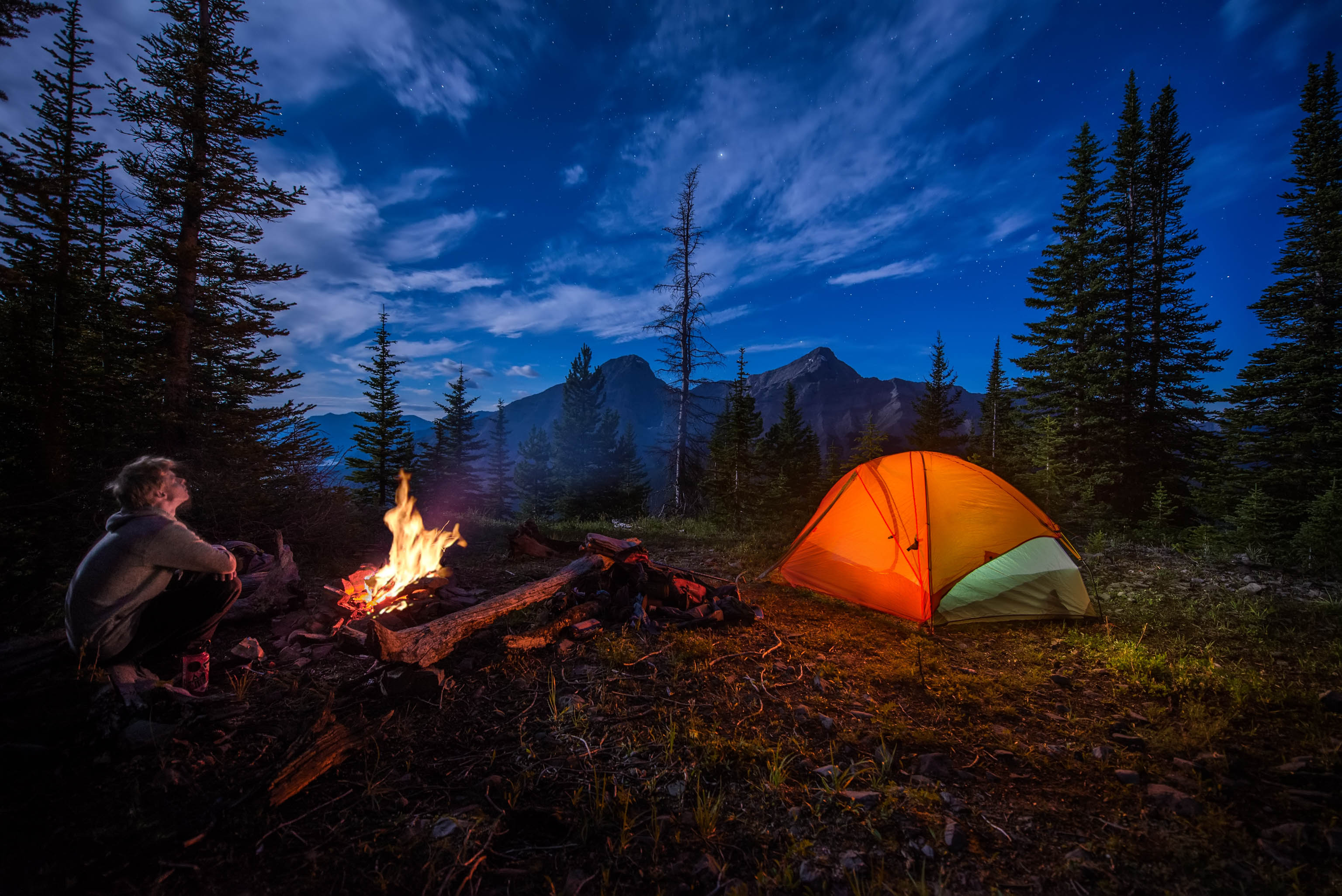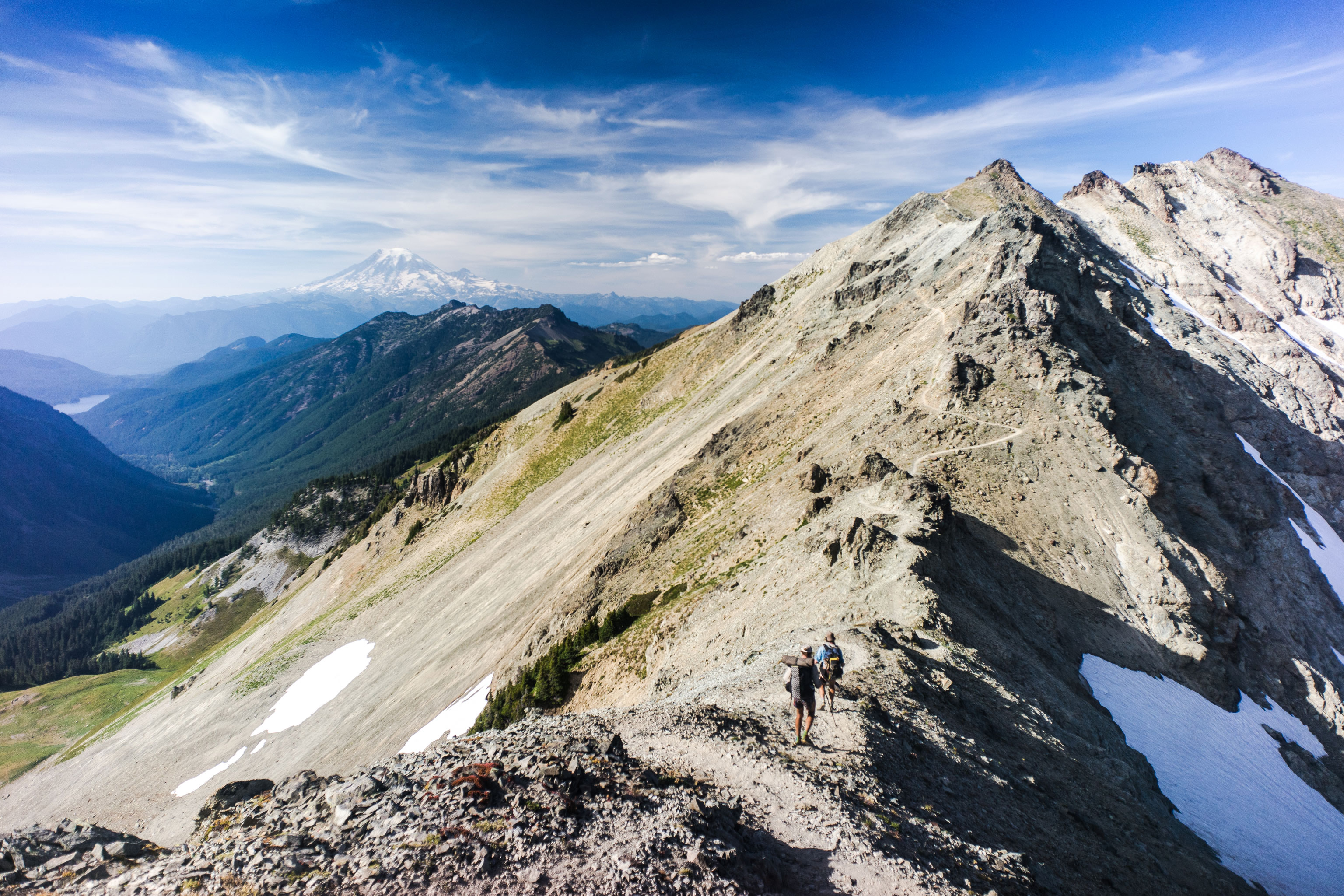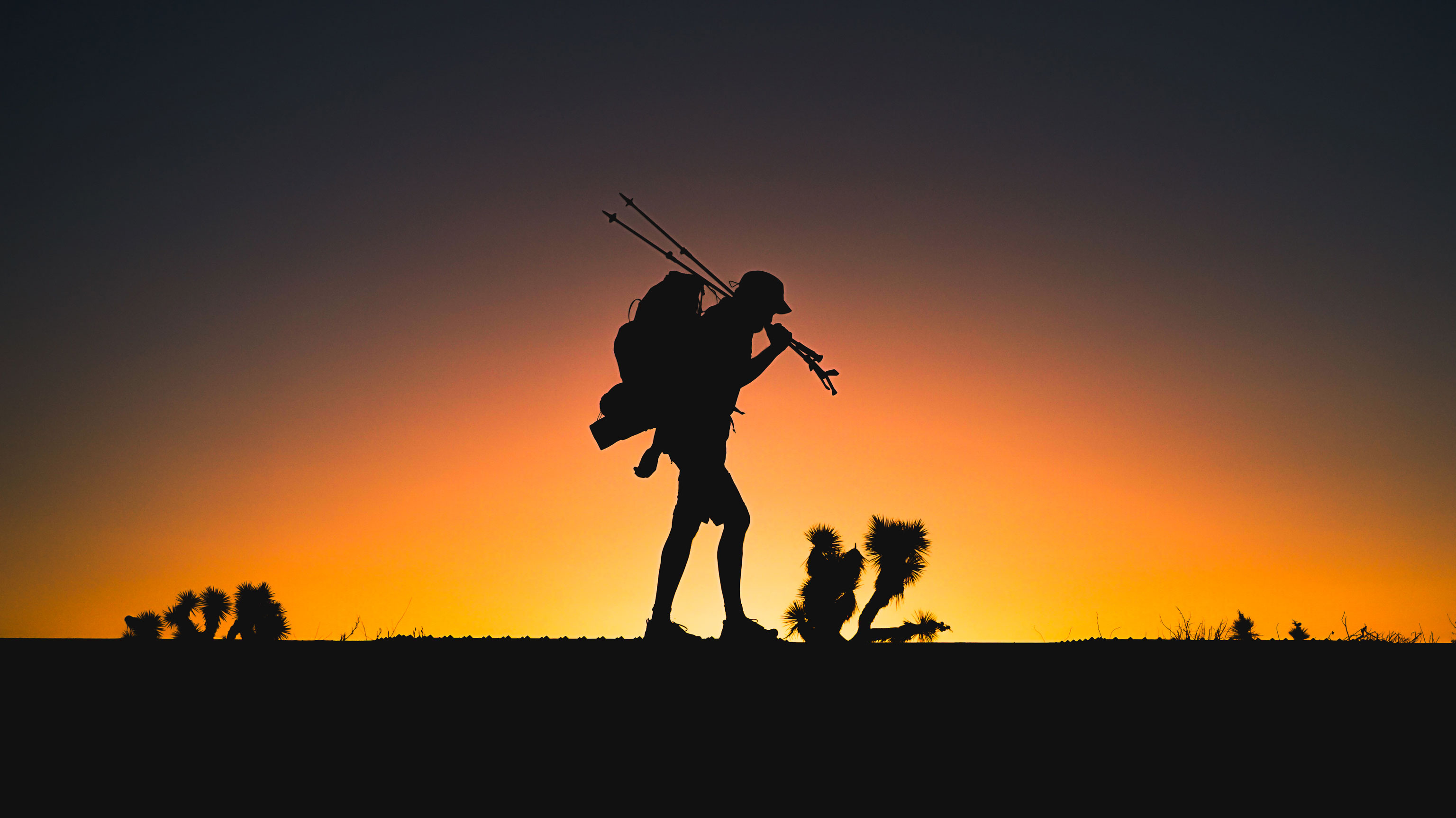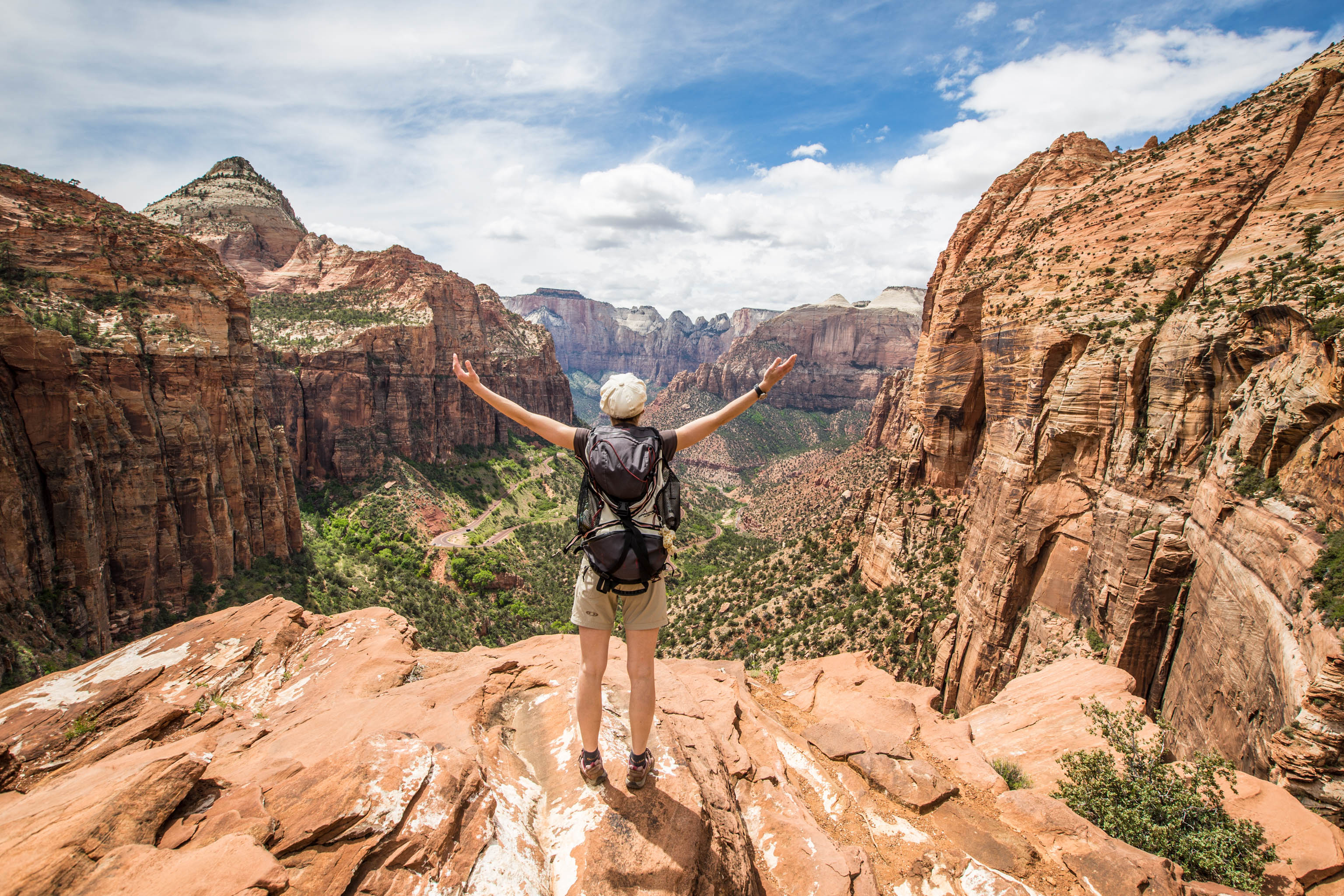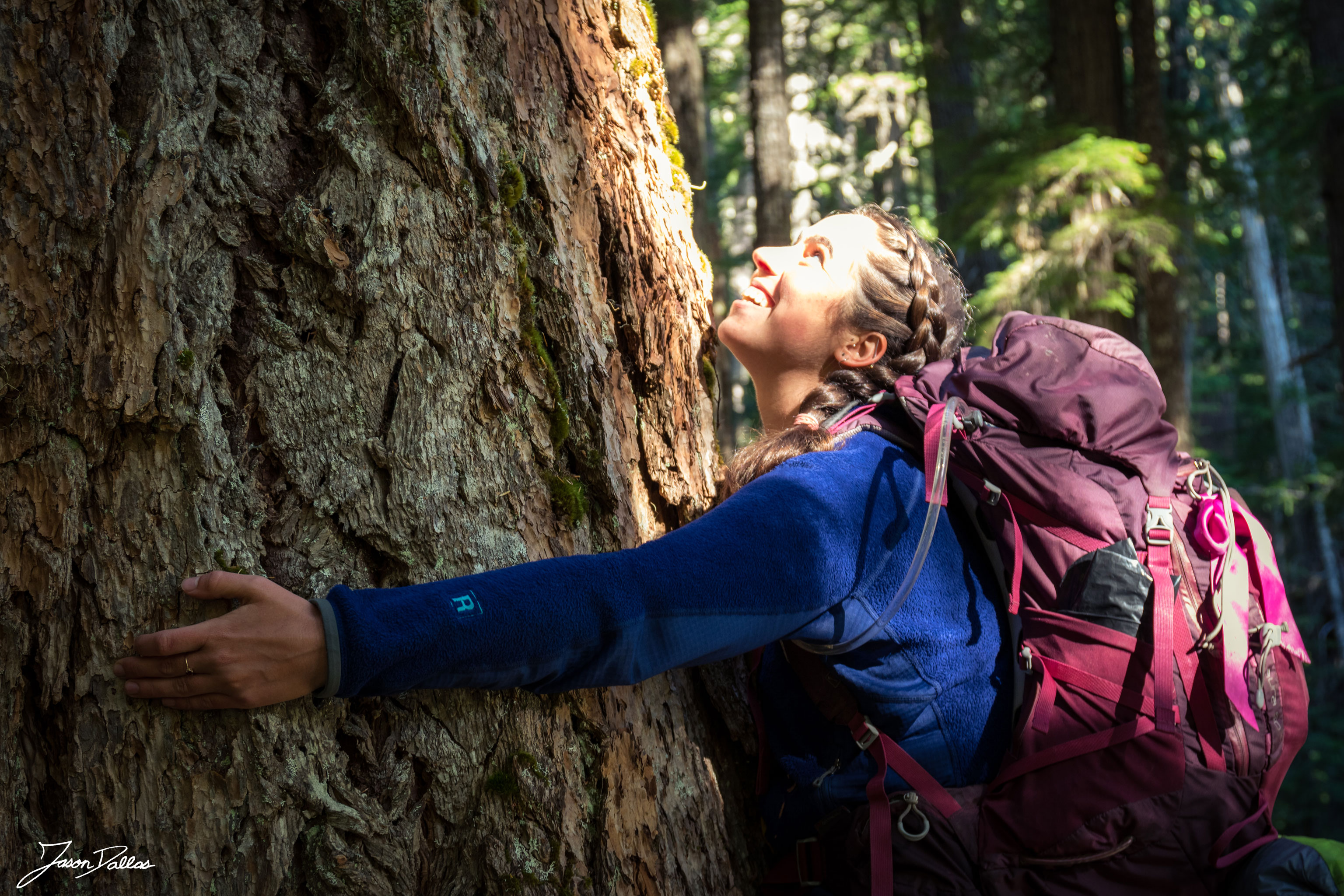Updated on
Thru-hiking is a world of its own and involves trekking hundreds or even thousands of kilometres at a stretch. It features offbeat characters, as well unforgettable experiences. And trails have a distinctive vibe, which often seems strangely adventurous to outsiders leading conventional lives.
Ten amazing, quirky, fun and thought-provoking facts from the world of thru-hiking.
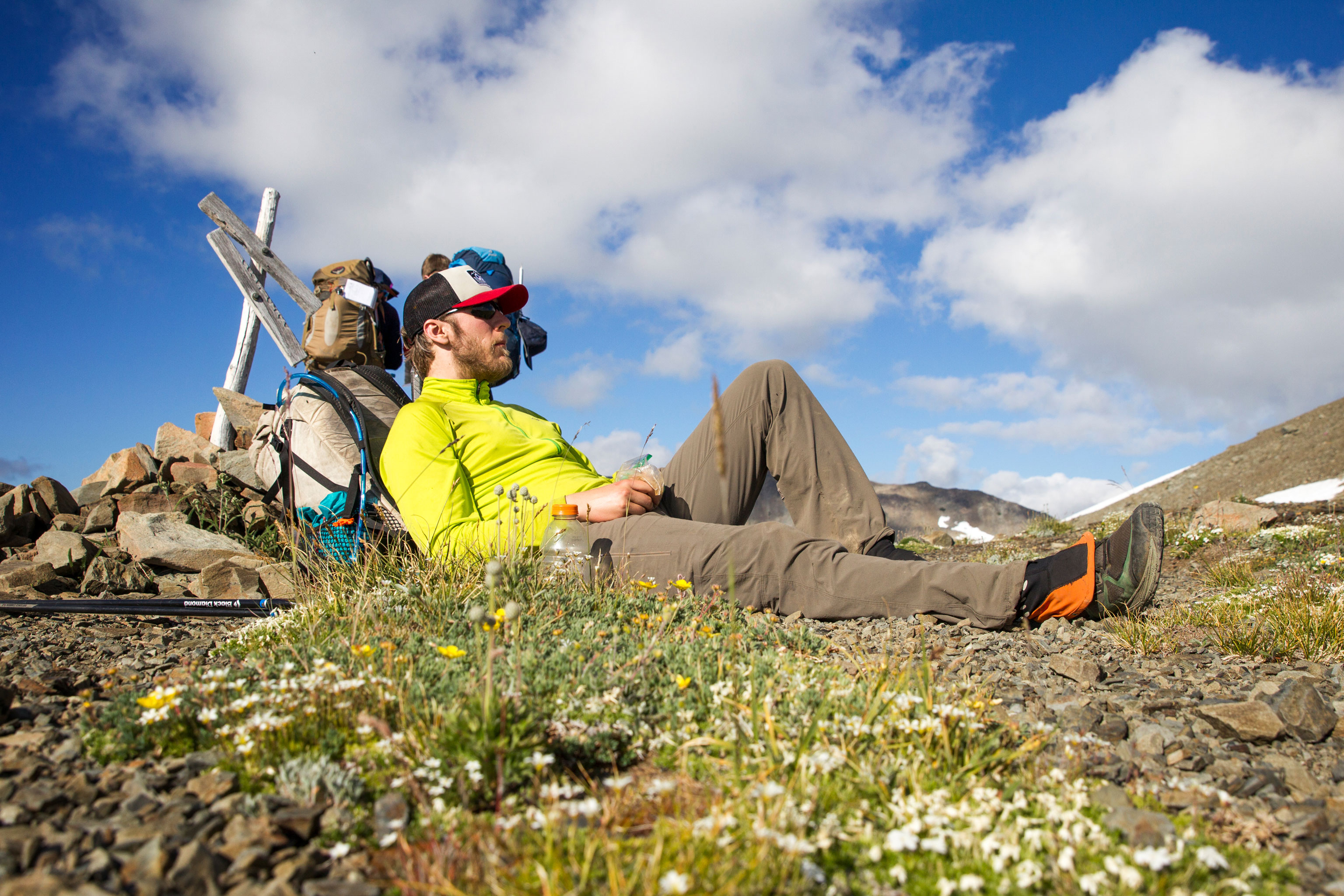
- Trail angels – good Samaritans on the wayside
- Magical trail moments
- Trail names – thru-hiking nicknames
- Thru-hiking records
- Only one in a thousand is a thru-hiker
- The most common reasons why people give up
- Euphoria and withdrawal symptoms
- Obsessing about food
- The trend is edging towards ultra thru-hikes
- Endless options
1 Trail angels – good Samaritans on the wayside
Just when you’re about to give up, an angel appears out of nowhere. In the US, trail angels are part of the thru-hiking world. They give up their time willingly for the benefit of hikers.
Some of them provide beds in their homes along trails, or cook for hikers. Quite some godsend after numerous nights in a tent.
And as a thru-hiker, it’s not something that should be taken for a given either. The trail angels are sometimes erstwhile thru-hikers themselves, or like hiking at least. They spend time, money and provide resources to ensure that others enjoy the experience.
Even if the angels provide their services for free, trail etiquette requires that appreciation is shown for what they do. It’s all about giving something in return. Today, volunteers who maintain routes or work for relevant organisations are also called trail angels.
2 Magical trail moments
Trail angels often weave their own magic – as if summoned by a wand, a crate of cold drinks suddenly appears at the side of the trail. Or a box of snacks. Trail angels have even treated the odd thru-hiker to a spontaneous barbecue or picnic with fresh vegetables and fruit at a trail resting place.
That’s not a catering service you can bargain on! As in fairy tales, these types of conjuring tricks make the greatest impact when they’re unexpected, Trail magic is simply a stroke of good fortune that comes just at the right moment.
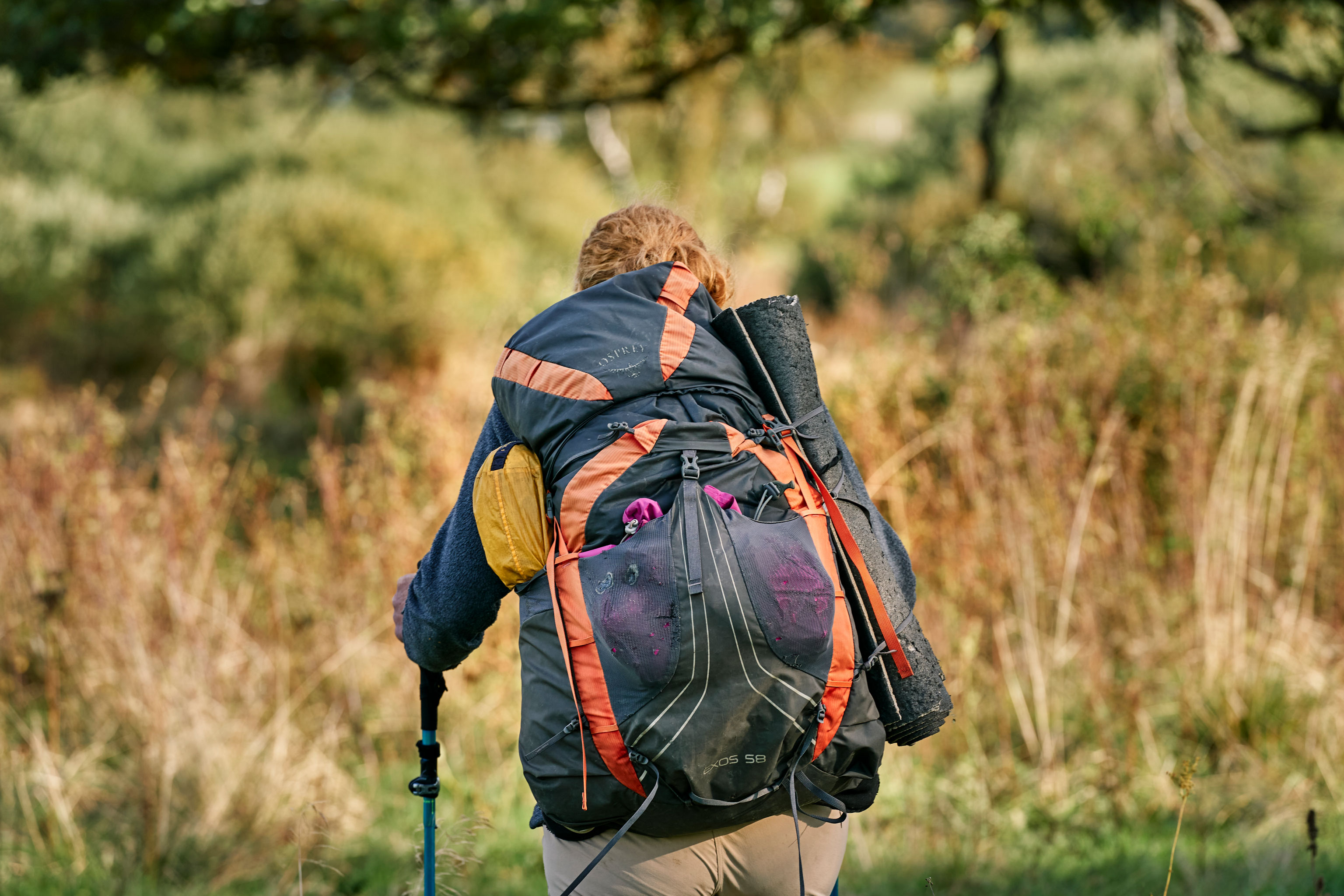
3 Trail names – thru-hiking nicknames
We’re not talking about the names of the trails themselves. In the international thru-hiker community, particularly in the US, it’s standard practice for thru-hikers to have nicknames. With monikers like Furious Sandwich, Solo Butterfly or Eagle Eye, they sound like comic heroes or American Indians in westerns.
Trail names are a tradition. They’re a sign that you belong and serve as immediate ice-breakers when you meet other thru-hikers. At the same time, they indicate that people with trail names have left their old lives behind them. Members of religious orders in monasteries or convents do the same.
Usually, hikers owe their names to stories about them, their appearance, characters, strengths and weaknesses, or anecdotes they played a part in.
It’s a custom that’s taken very seriously despite its comical side. People who don’t call themselves by a trail name are given one instead.
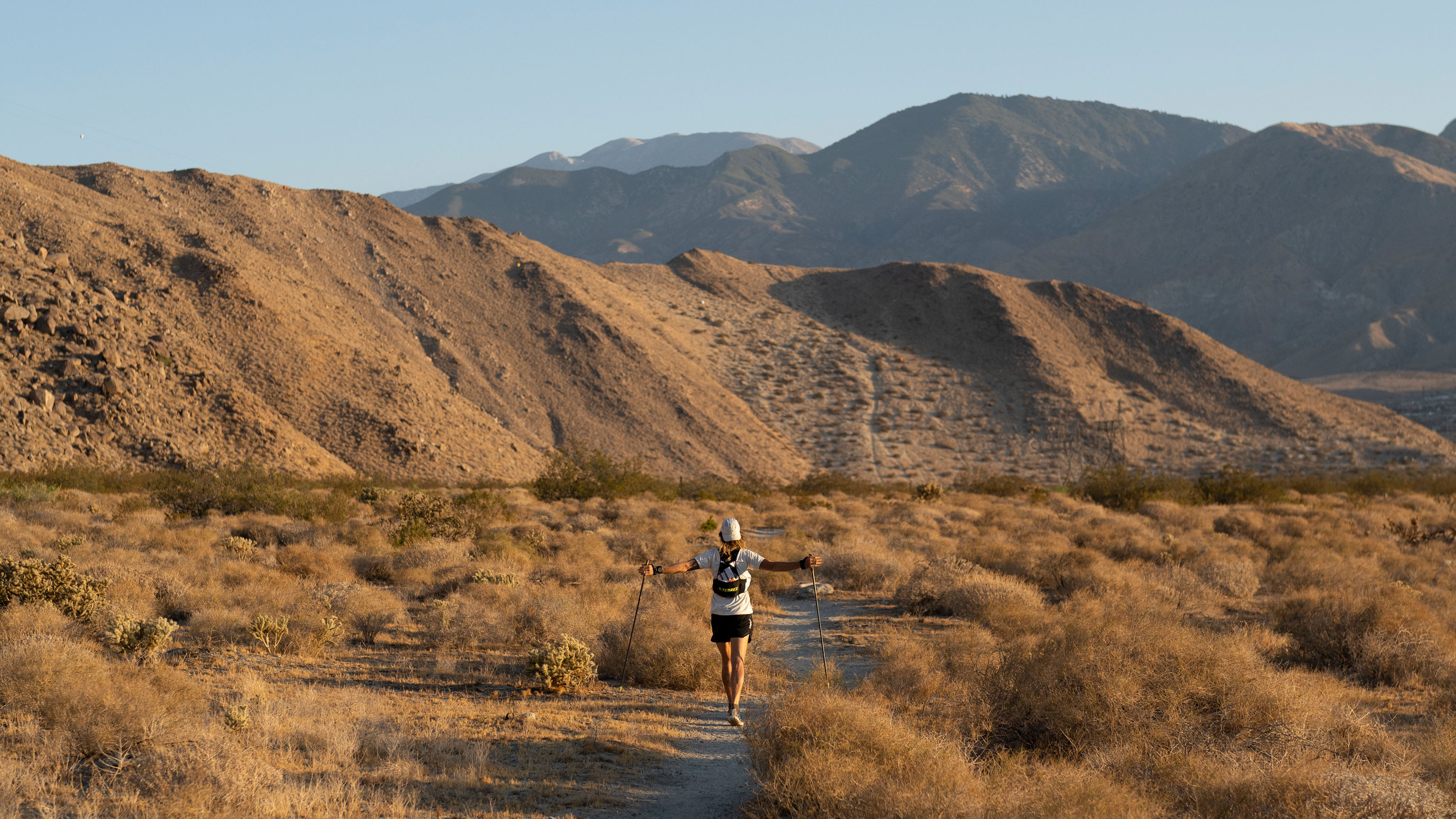
4 Thru-hiking records
- The longest: Canadian-born Sarah Jackson wrapped up one of the longest thru-hikes on a 11,500-kilometre route belonging to the Trans Canada Trail. The two-year adventure took her from Vancouver Island off the west coast to St. John’s on Newfoundland off the east coast. The trek undertaken by Ash Dykes from Wales along the Yangtze river also features on the list of mammoth thru-hikes. He covered 6,437 kilometres from the river’s source in the highlands of Tibet to its estuary in the East China Sea. And Ash took a year to complete it.
- The fastest: Lists detailing best times are now kept on almost all known thru-hiking trails. However, these times no longer have anything to do with hiking. We’re talking about trail-running marathons covering over 80 kilometres a day for 40 to 50 consecutive days. At 41 days, 7 hours and 39 seconds, Belgian dentist, Karel Sabbe, bagged the fastest official time on the 3,500-kilometre-long Appalachian Trail. He was also the fastest on the Pacific Crest Trail until recently. This record has now been beaten by American ultra-runner Timothy Olson. He took 51 days, 16 hours and 55 minutes for the 4,265-kilometre-long route. By way of comparison, a “normal” thru-hiker manages 40 and 50 kilometres each day on average. The Fastest Known Time portal gives details of even more records.
- The oldest: Dale ‘Grey Bear’ Sanders is the oldest thru-hiker on the Appalachian Trail to date. “That’s enough, I’m tired,” said the 82-year-old after walking 3,500 kilometres. “Time to head home.” Most thru-hikers are between 20 and 35 years old. The youngest finisher on the Appalachian Trail to date was 15-year-old Neva ‘Chipmunk’ Warren.
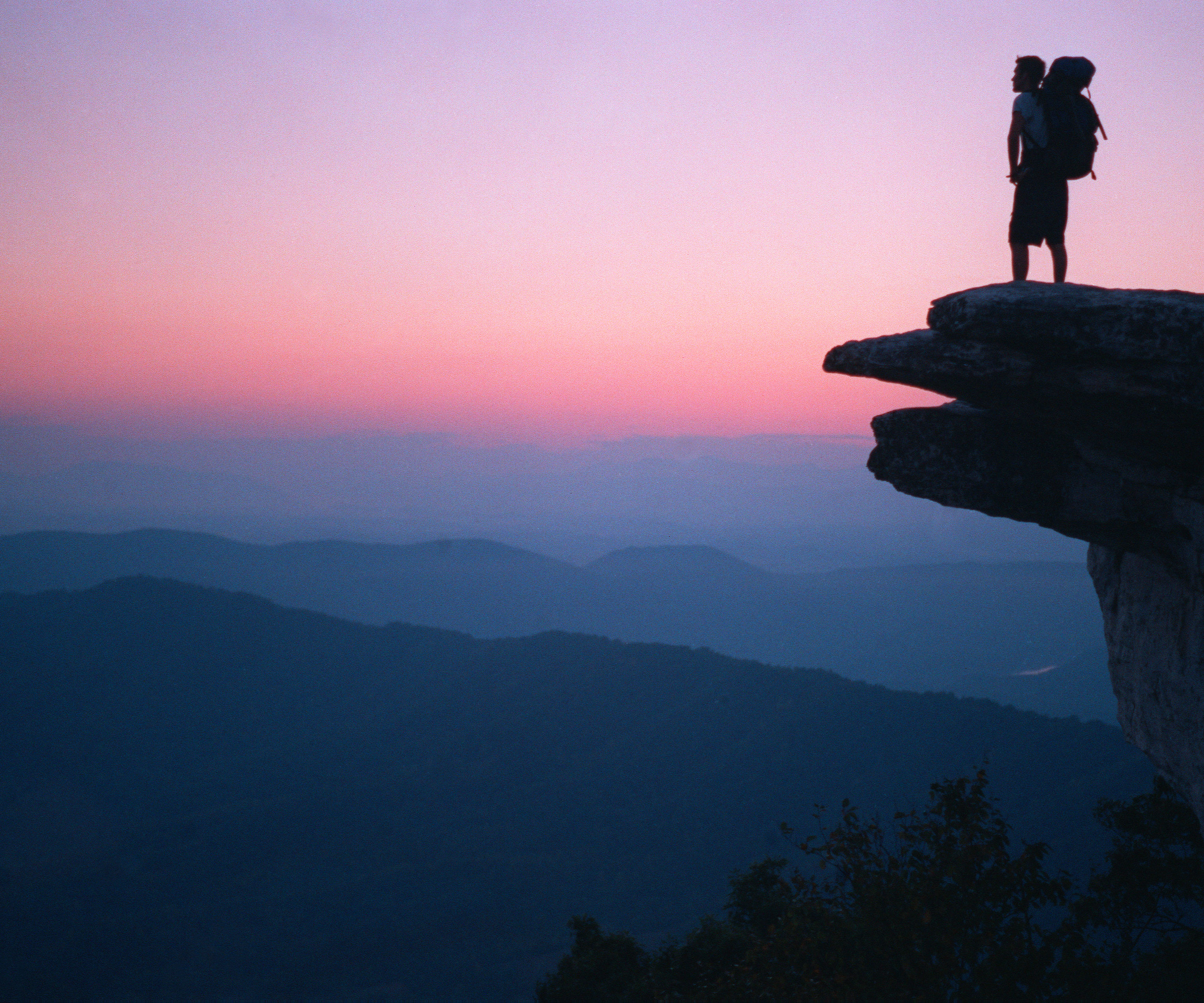
5 Only one in a thousand is a thru-hiker
Compared with the number who manage parts of trails, just a very few thru-hikers complete the full distances, which are often several thousands of kilometres. People who cover the whole route without turning back can call themselves thru-hikers. Three million hikers set out on one or several legs of the Appalachian Trail each year but only around 3,000 go the whole way.
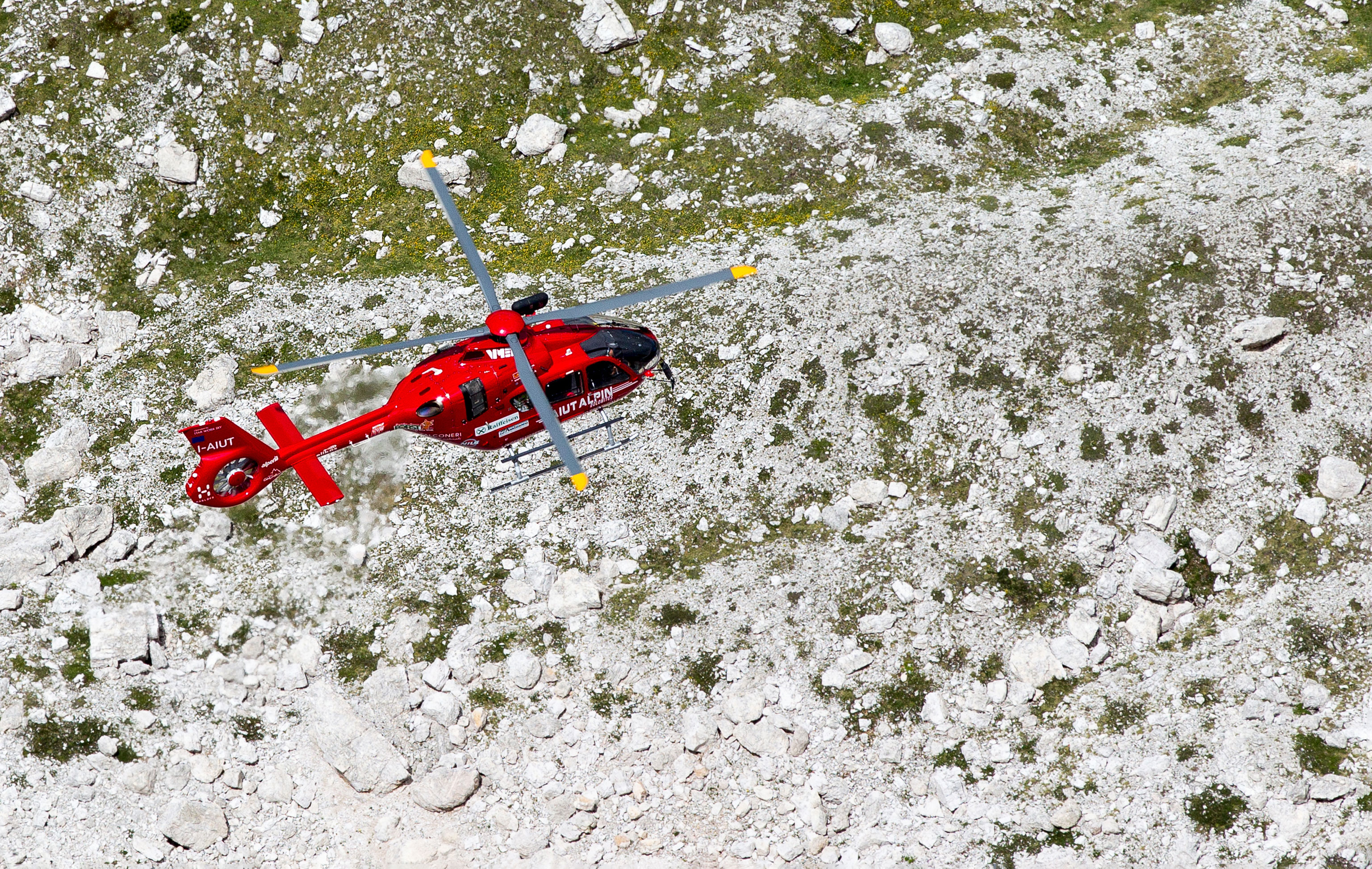
6 The most common reasons why people give up
Injuries on the often months-long thru-hikes are the most common reason why hikers give up. Personal, family-related, mental-health, financial reasons, disappointment and illnesses are much further down the list.
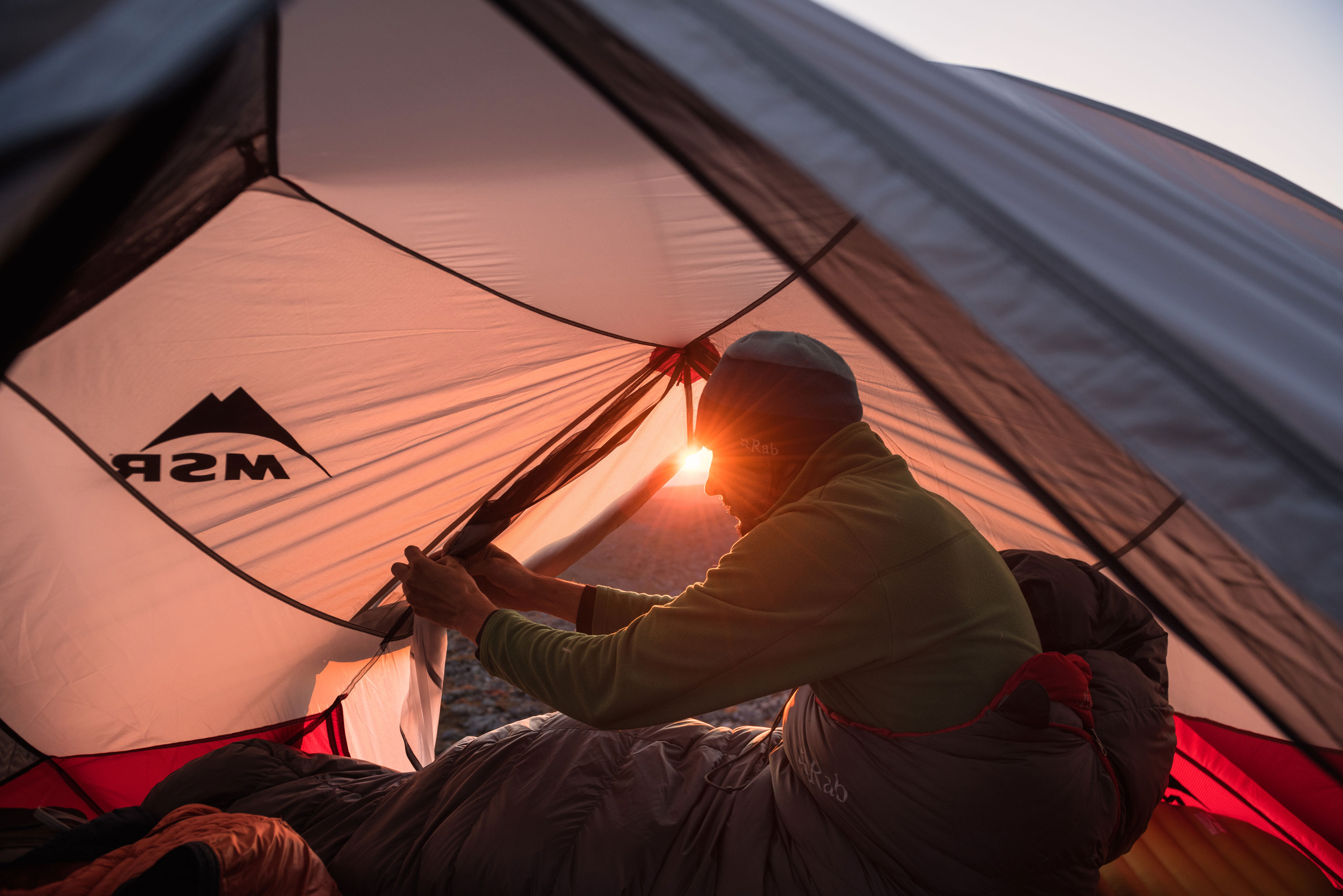
7 Euphoria and withdrawal symptoms
Lots of thru-hikers view their time on trail as being akin to a kind of “dreamland” or in a trance-like condition. That’s what Anna Gutschi also discovered in her thesis on thru-hiking.
Day-to-day problems disappear quickly into thin air. Having those vital essentials in one backpack and no major commitments seems to make people happy. And the cherry on the cake is often “just a fantastic view”. The trail gets you hooked.
Once it’s gone, there’s a risk of withdrawal symptoms. The majority of the six thru-hiker respondents complained of depression after the end of the Pacific Crest Trail. Some of them had to seek treatment. All of the respondents said that their life had changed forever afterwards.
8 Obsessing about food
What do thru-hikers think about all day? You’re right – food of course! At least that’s what Austrian-born Anna Gutschi found in 2016 in her thesis entitled “The reasons and motivation for thru-hiking”. “I thought about food 80 percent of the time, because I was totally exhausted,” said one of the respondents.
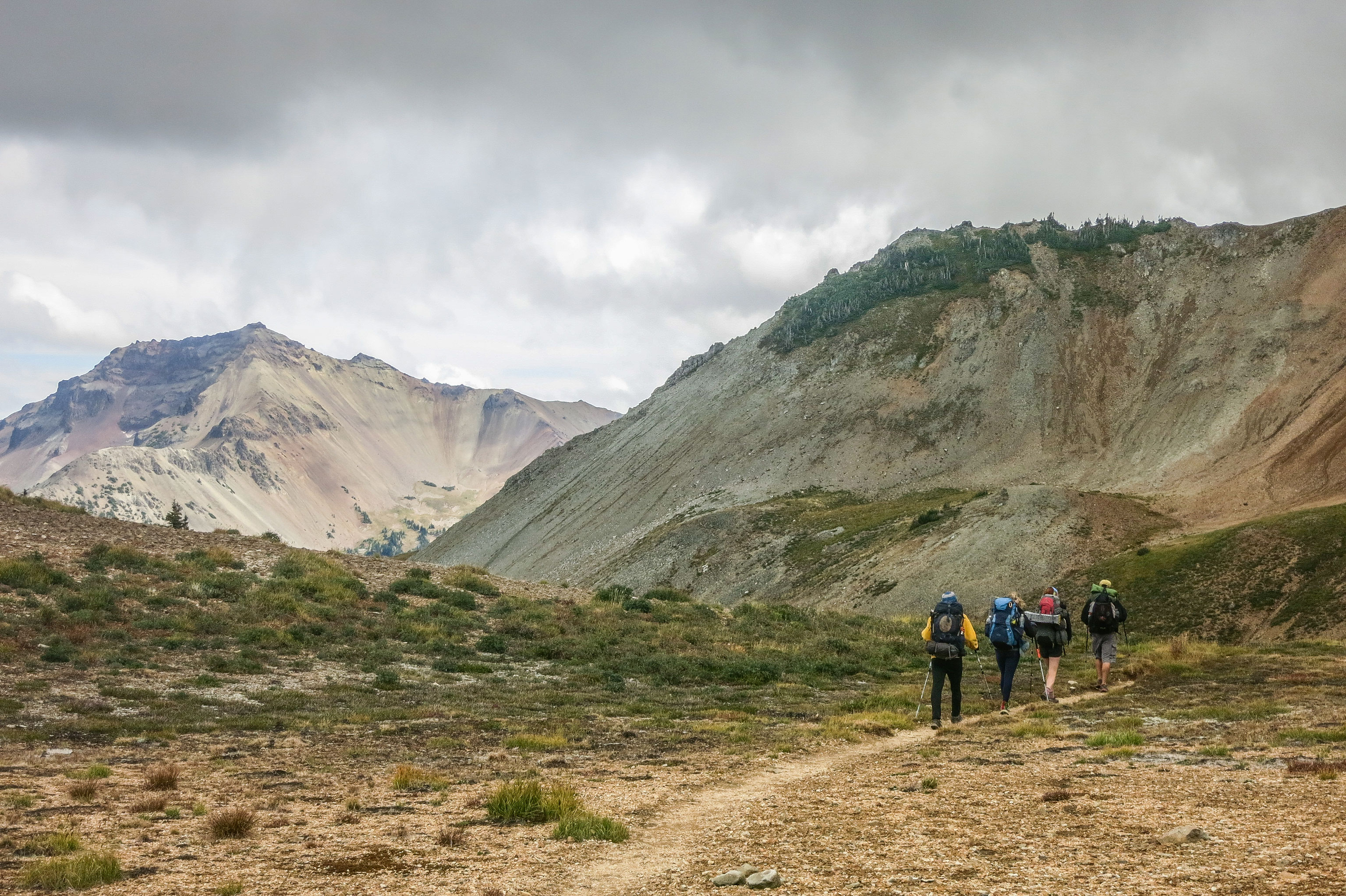
9 The trend is edging towards ultra thru-hikes
Thru-hiking is becoming increasingly popular – even over vast distances. The statistics for the Pacific Crest Trail, the most popular ultra thru-hiking route, confirm this trend. In 1952, Martin Papendick was the only finisher on a distance of 4,265 kilometres. In 1972, there were nine finishers, rising to 200 in 2010 and just under 1,200 in 2018.
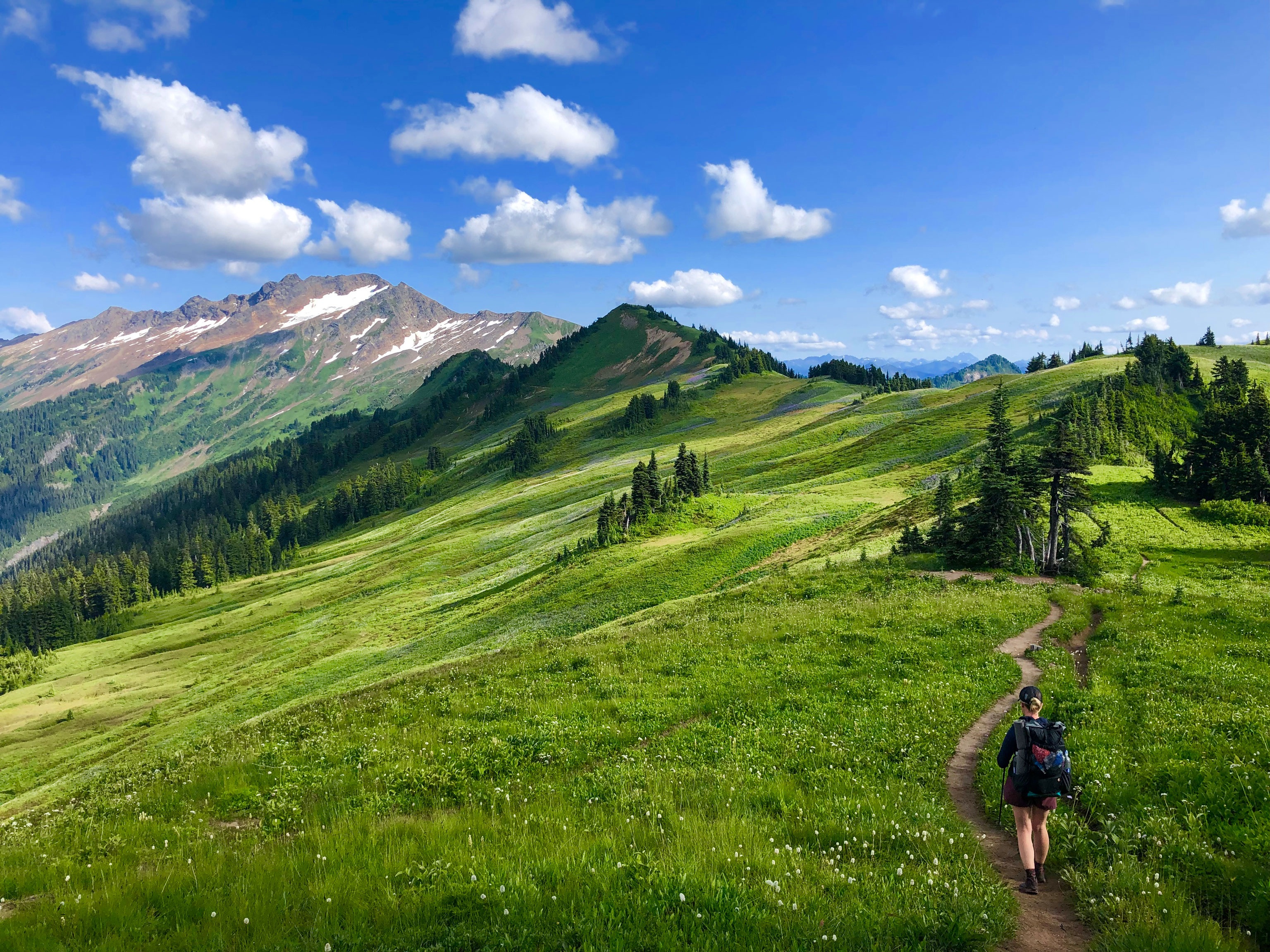
10 Endless options
Well-known, classic thru- and long-distance-hiking routes are not the only options for long hikes by any means. The Trans Canada Trail is the world’s longest continuous route with a massive 27,000 kilometres of hiking trails and waterways between the east and west coast. It sounds a lot, but it’s only a drop in the ocean when it comes to all the routes that could be covered.
The trails in the German and Austrian Alps, managed by the Alpine Clubs, cover 56,000 kilometres alone. Switzerland has the highest density of hiking trails in the world. This little Alpine country has a total of 65,000 kilometres of hiking trails, or 1.9 kilometres per square kilometre.

